Saturday we flew a mission called Southwest Coastal B. This mission was yet another baseline (priority) flight, which took us on several glacier runs on the west coast. It was another beautiful clear day, great for our instruments and for our moods. This was our 6th day flying consecutively, and for a season that was tough weather-wise, it was well-deserved treat.
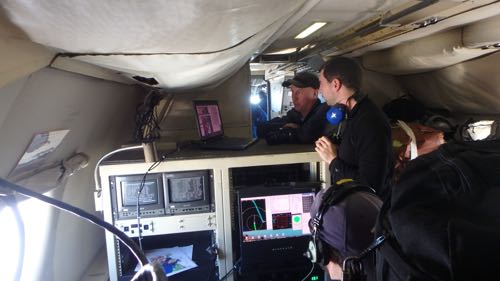
From my perspective, having the chance to experience the long days and fast pace of an airborne science deployment this week was exactly what I was waiting for. A flight can be 8 hours of focused work for both science teams and flight crew, in addition to up to two hours before and after flights for briefings and to turn on instruments. By the end of the week it was clear that the pilots, crew, and science team were ready for a well-deserved rest day, but it was gratifying to know that we collected 6 days of priority land ice data to help tell the story of the changing Greenland Ice Sheet. At the end of this last flight, which included tight turns, diverse terrain, and bouts of high winds and turbulence the announcement from John Sonntag that we collected 100% of our planned data (this means no clouds or other outside factors affected any instrument's data today) was exactly what the entire operation needed to hear. With a planeside debrief by pilot in command Chris Kerns and an hour of running data, the team was free to relax, explore, and revel in a week of science missions gone right.

After a week of successful priority flights flying over the Greenland Ice Sheet, some of us decided to go visit the ice sheet on foot. The longest road in Greenland takes you from Kangerlussuaq, past the most interesting golf course you'll ever see, herds of caribou, a waterfall, a calving front, and eventually to a terminal moraine left by Russell GlacierA mass of ice that persists for many years and notably deforms and flows under the influence of gravity.. We took a caravan of three vehicles to the Ice Sheet itself and to set foot on one of only two ice sheets in the world and hike a moraine was another experience I have yet to find words for. I'll leave you with a few photos from the day's trip and hope you'll look forward to some of our video footage from the day.
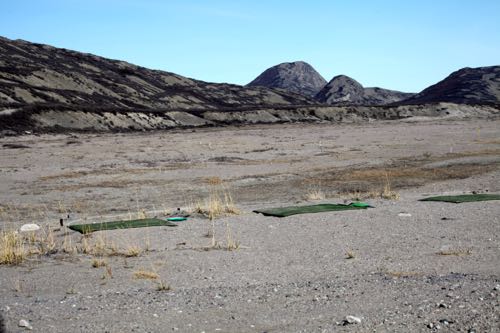
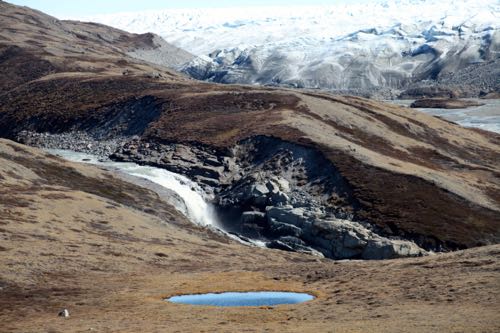
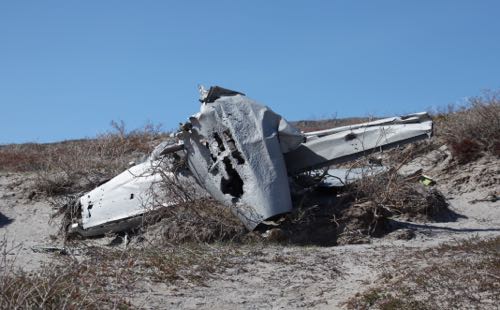




Tomorrow begins my last week with the Operation IceBridge Team here in Greenland and I am truly grateful for this entire experience. Stay tuned for updates and educational materials in the weeks following these last few flights.
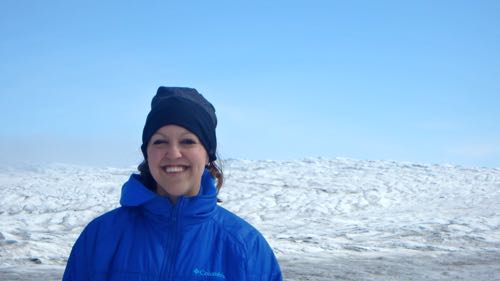


Comments